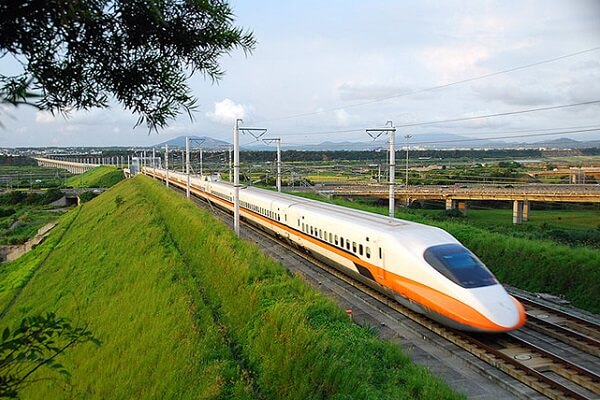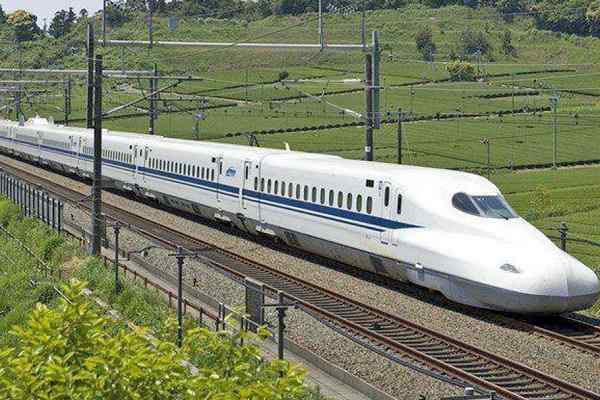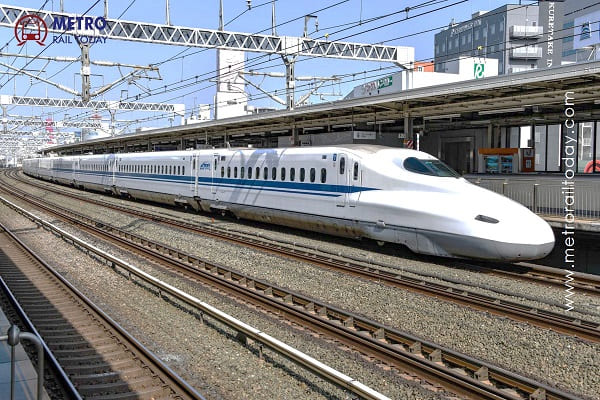 China aims to build national rail network spanning around 200,000 km by 2035
China aims to build national rail network spanning around 200,000 km by 2035 Kavach 4.0 Ushers in a New Era of Rail Safety Across India
Kavach 4.0 Ushers in a New Era of Rail Safety Across India Hyundai Rotem targets Record Rail Revenue in 2026, Sharpens Global Expansion strategy
Hyundai Rotem targets Record Rail Revenue in 2026, Sharpens Global Expansion strategy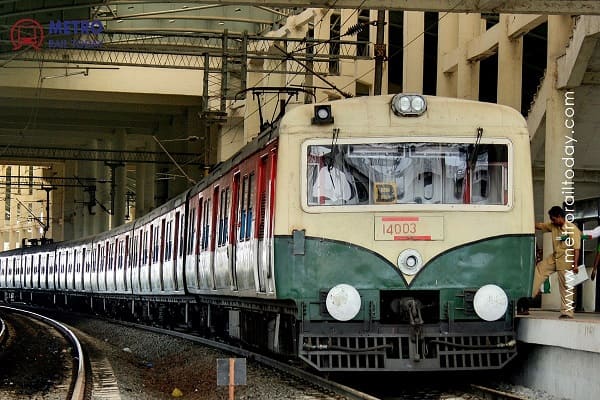 Chennai Metro to invest ₹4,200 crore to upgrade MRTS after merger in 2026
Chennai Metro to invest ₹4,200 crore to upgrade MRTS after merger in 2026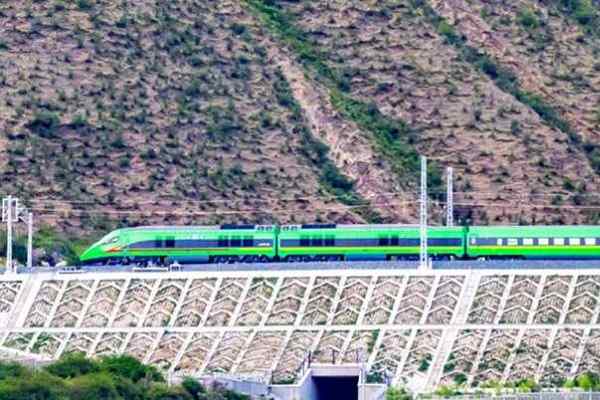 Saudi Arabia and Qatar Sign Landmark Agreement for Riyadh–Doha High-Speed Rail Link
Saudi Arabia and Qatar Sign Landmark Agreement for Riyadh–Doha High-Speed Rail Link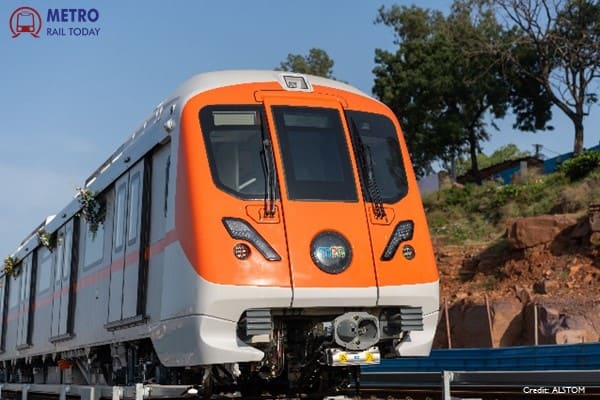 PM Narendra Modi to inaugurate Bhopal Metro operations on December 20, CMRS approval received
PM Narendra Modi to inaugurate Bhopal Metro operations on December 20, CMRS approval received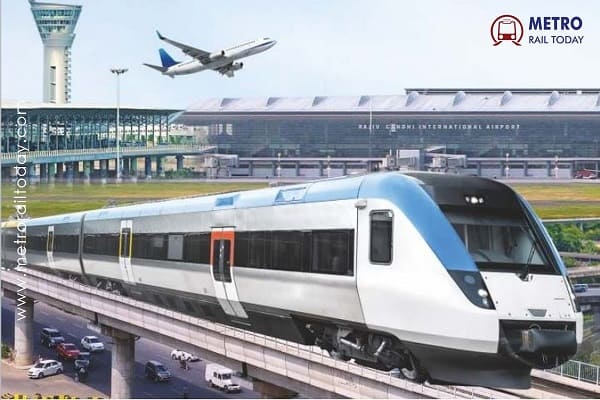 Centre orders NCRTC to prepare revised DPR for ₹20,637 crore Delhi-Noida Airport RRTS Corridor
Centre orders NCRTC to prepare revised DPR for ₹20,637 crore Delhi-Noida Airport RRTS Corridor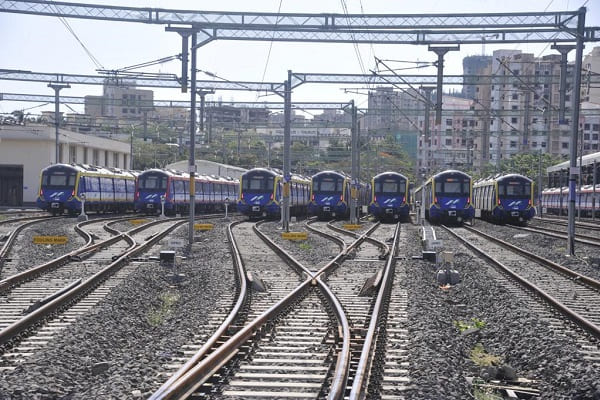 Mumbai Metro deploys Indigenous AI-Based Wheel Profile Monitoring System in Charkop Depot
Mumbai Metro deploys Indigenous AI-Based Wheel Profile Monitoring System in Charkop Depot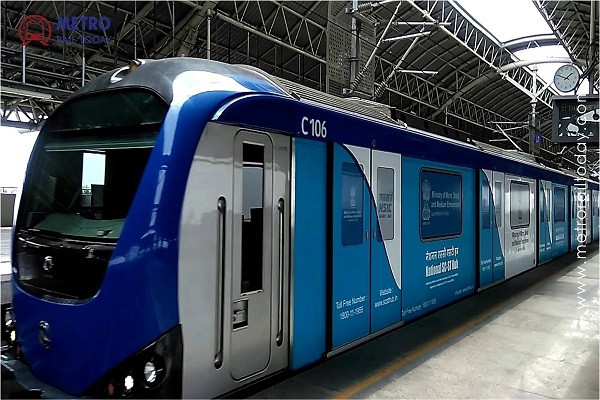 ADB approves $240 million loan to accelerate Chennai Metro Phase 2 Expansion
ADB approves $240 million loan to accelerate Chennai Metro Phase 2 Expansion Kalpataru Projects-HG Infra Engg JV bags ₹1,415 Crore EPC Contract for Thane Metro Rail Project
Kalpataru Projects-HG Infra Engg JV bags ₹1,415 Crore EPC Contract for Thane Metro Rail Project
Gujarat creates new authority to develop around Mumbai–Ahmedabad Bullet Train Stations
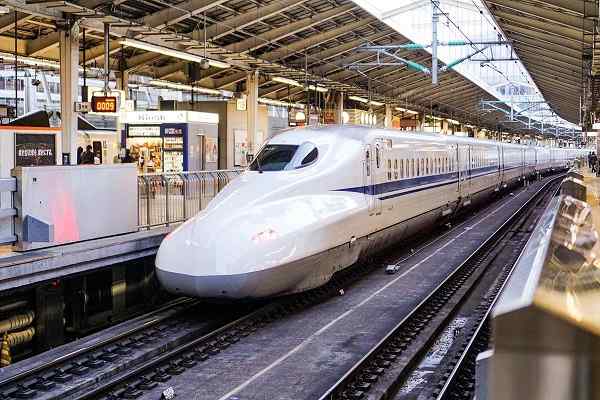
Gandhinagar, India (Metro Rail Today): In a landmark move aimed at transforming the urban landscape along India’s first bullet train route, the Gujarat government has constituted the Gujarat High Speed Rail Station Area Planning Authority to drive integrated development around the eight stations of the Mumbai–Ahmedabad High Speed Rail (MAHSR) corridor. The authority, notified under Section 23(1)(x) of the Gujarat Town Planning and Urban Development Act, 1976, will act as the single nodal body for planning land use and physical infrastructure at station locations in Sabarmati, Ahmedabad, Nadiad, Vadodara, Bharuch, Surat, Bilimora and Vapi.
Officials said that the creation of a unified planning mechanism marks a major policy advancement after months of deliberations on how to ensure cohesive growth across rapidly developing station zones. The authority will consist of senior state officials and will be chaired by the Principal Secretary of the Urban Development Department. While the new authority will be responsible for preparing comprehensive development proposals, the execution will be carried out by the respective urban development bodies to avoid fragmented or uncoordinated growth.
Industry leaders have welcomed the move, calling it essential for maximising the economic potential of the MAHSR project. “High-speed rail corridors create powerful development magnets, and station areas often emerge as economic engines for entire regions. Gujarat’s decision to adopt a unified, future-oriented planning framework will ensure that the benefits of the bullet train project are broad-based, sustainable and globally competitive,” said Mrs. Mamta Shah, MD & CEO of Urban Infra Group.
The state government expects the MAHSR corridor to catalyse significant urbanisation and spur commercial, institutional and residential growth. Properly planned station precincts are projected to ease congestion, strengthen last-mile connectivity and support high-value developments such as business districts, hotels, educational campuses and healthcare facilities. Gujarat also plans to deploy Land Value Capture tools, including premium FSI and FAR, to generate additional resources for infrastructure development, paving the way for world-class transit-oriented zones capable of attracting global investment and skilled talent.
Further boosting the infrastructural progress, construction momentum on the MAHSR corridor continues to accelerate. In Ahmedabad, the second major steel bridge for the bullet train has been successfully erected over the Cadila bridge. The 70-metre-long, 670-tonne structure was fabricated in Navsari and transported using specialised heavy-duty trailers before being assembled near existing railway tracks and elevated 16.5 metres above ground. This bridge is part of a sequence of 28 steel bridges planned along the high-speed rail route, including 17 in Gujarat and 11 in Maharashtra, marking steady progress toward India’s most ambitious rail infrastructure project.
As work advances on multiple fronts, the newly constituted planning authority is expected to play a decisive role in shaping modern, transit-linked economic clusters that will define the future urban fabric of western India.





